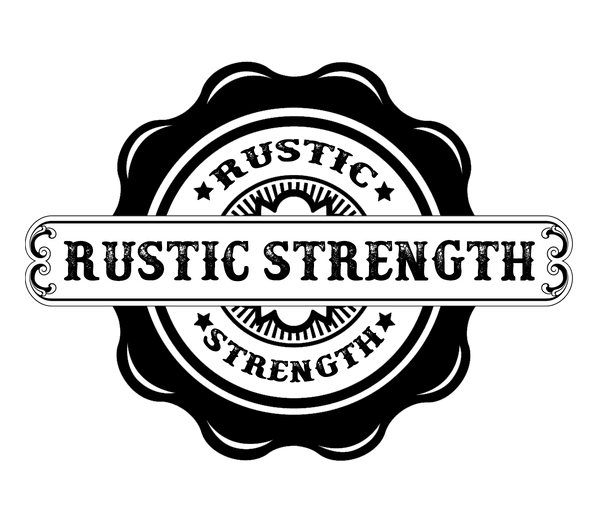What is Food-Grade Polysorbate 20?
A sugar alcohol found naturally in fruits like berries, cherries, plums, pears, and apples, is dehydrated and formed into sorbitan. The sorbitan then receives 20 units of ethylene oxide - this is how it gets its name. After this reaction takes place, they add one lauric acid group.
Why do we use Food-Grade Polysorbate 20?
Rustic Strength uses a Food-Grade Polysorbate 20 that does not contain 1,4 dioxane. Why is this so important to know? In high levels, 1,4 dioxane can damage the nasal cavity, liver, and kidney. It does not biodegrade well in soil or water, and it will migrate rapidly in groundwater. It has a 1-to-3-day half-life in the atmosphere due to photo-oxidation. It is VERY important to us that the polysorbate 20 we use does NOT carry this impurity. ( See our blog on 1, 4 dioxane here ).
We use this ingredient because it is an emulsifier, which helps stabilize the formula. If we didn’t, the essential oils and phthalate-free fragrance oils we use would just float on the top and can start to fall out of the product in wispy white streaks. Most people find that result unsightly and would prefer not to have to shake up their product before every use.
Polysorbate 20 has been recognized as safe by the EPA and CIR (Cosmetic Ingredient Review). The EWG gives a score of 3 to this ingredient due to its contamination concerns. However, we do NOT use the commercial grade Polysorbate 20 ONLY the Food Safe kind. Decreasing the contamination concern.

Is Food-Grade Polysorbate 20 safe to use? Is it non-toxic?
Polysorbate 20 has been recognized as safe by the EPA and CIR (Cosmetic Ingredient Review). The EWG gives a score of 3 to this ingredient due to its contamination concerns. However, we do NOT use the commercial grade Polysorbate 20 ONLY the Food Safe kind. Decreasing the contamination concern. The International Journal of Toxicology gave its final report of all the polysorbates stating,
“It is concluded that they are safe for use in cosmetics at present concentrations of use.” It is accepted for use in the EU and Canada.
In Summary
Rustic Strength uses polysorbate 20 in our products to help stabilize the formula so that the essential oils and phthalate-free fragrance oils do not fall out of the final product. The US, EU, and Canada have all deemed this chemical safe in cosmetic products. By using food-grade polysorbate, we are confident that there are little to no contaminants.
If you have any questions regarding this or any other chemical we use, feel free to reach out to customercare@rusticstrength.com We would be more than happy to answer your questions.

We invite you to do your own research!
Scientific journals and articles are the foundation of evidence-based decisions at Rustic Strength. Blogs can provide helpful information. However, if it can not cite scientific articles, its claims stand on little.
Other useful readings

